Helicopter vs private jet which is safer? Private jets are safer than helicopters, helicopters are also safe but not to compare with private jets. Are you planning a trip and can’t decide whether to fly in a helicopter or a private jet?
Safety is undoubtedly your top priority, and you may be wondering which mode of transportation is safer.
Contents
It’s a question that’s been debated for years, and in this article, we’ll dive deep into the topic of “Helicopter vs Private jet which is safer?
When it comes to safety, both helicopters and private jets have their pros and cons. On the one hand, helicopters are incredibly agile and can land in tight spaces.
Making them a popular choice for short trips and emergency medical services.
On the other hand, private jets offer a smoother ride and are better equipped to handle long-distance travel.
To understand which is safer, we need to take a closer look at the statistics.
According to the National Transportation Safety Board (NTSB), the accident rate for helicopters is higher than that of private jets.
However, it’s worth noting that the majority of helicopter accidents occur during low-altitude flights, such as takeoff and landing.
In contrast, private jet accidents often happen during the cruise phase of flight.
So, which mode of transportation should you choose? The answer ultimately depends on your specific travel needs and the risks you’re willing to take.
But one thing is for sure – whether you choose a helicopter or a private jet, safety should always be your top priority.
Now that we’ve piqued your interest in the topic of “Helicopter vs Private Jet Which Is Safer?”, let’s delve deeper into the details to help you make an informed decision.
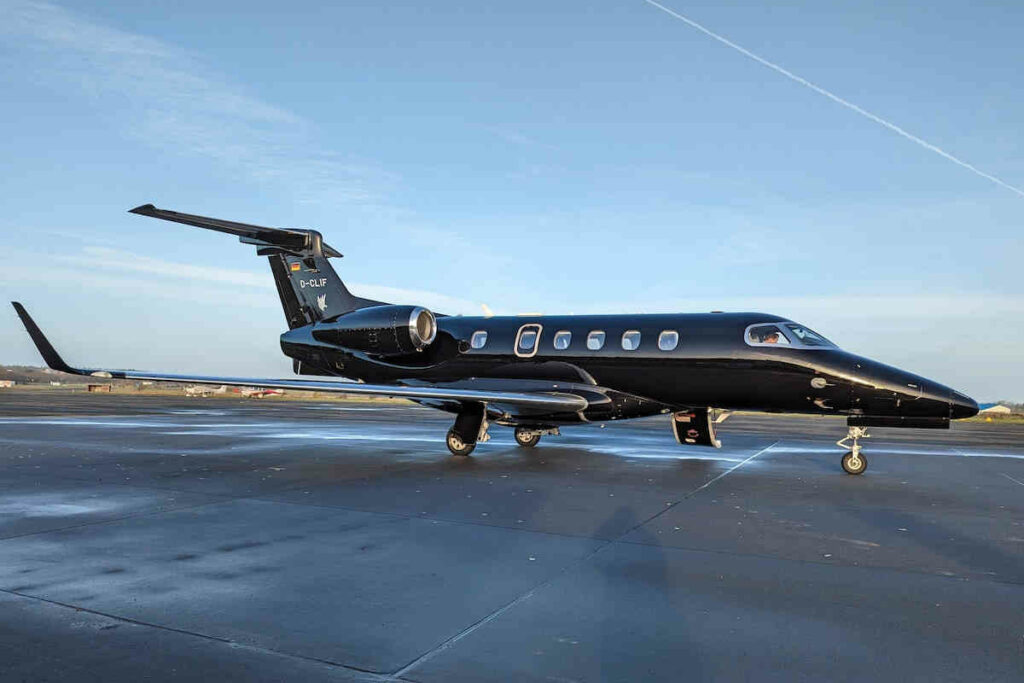
Tip #1: Understanding the safety features of a helicopter
Before boarding a helicopter, it is essential to understand the safety features it offers.
One of the critical features is the rotor system, which provides lift and keeps the helicopter in the air.
Helicopters also have advanced avionics systems that assist in navigation and communication, enhancing the safety of the flight.
The seating configuration and the materials used in the cabin are designed to reduce the impact of any potential accidents.
When compared to private jets, helicopters have better visibility due to the large windows and open cockpit design, making it easier for pilots to spot and avoid obstacles.
Furthermore, helicopters have the ability to fly at lower altitudes than most fixed-wing aircraft, providing a unique and thrilling experience for passengers.
This lower altitude also allows for a closer look at the surrounding landscape, making it an ideal option for sightseeing tours.
In addition to their versatility and unique features, helicopters are also equipped with emergency systems that can be activated in the event of a malfunction or accident.
These systems include emergency flotation devices, fire suppression systems, and emergency locator transmitters, which can aid rescue teams in locating the aircraft in the event of an emergency.
However, despite the safety features and advanced technology that helicopters offer, it is still essential to adhere to strict safety protocols and regulations.
Before each flight, the pilot must conduct a thorough pre-flight inspection, ensuring that all systems are functioning correctly and that the aircraft is in good condition.
Passengers must also follow all safety instructions and wear appropriate safety equipment, such as helmets and seat belts.
While helicopters offer a unique and thrilling mode of transportation, safety should always be the top priority.
By understanding and adhering to proper safety procedures and utilizing the advanced technology and features that helicopters offer, passengers can enjoy a safe and unforgettable experience in the skies.
Also see: Is Aviation A Good Career?
Top pick

Editor’s choice
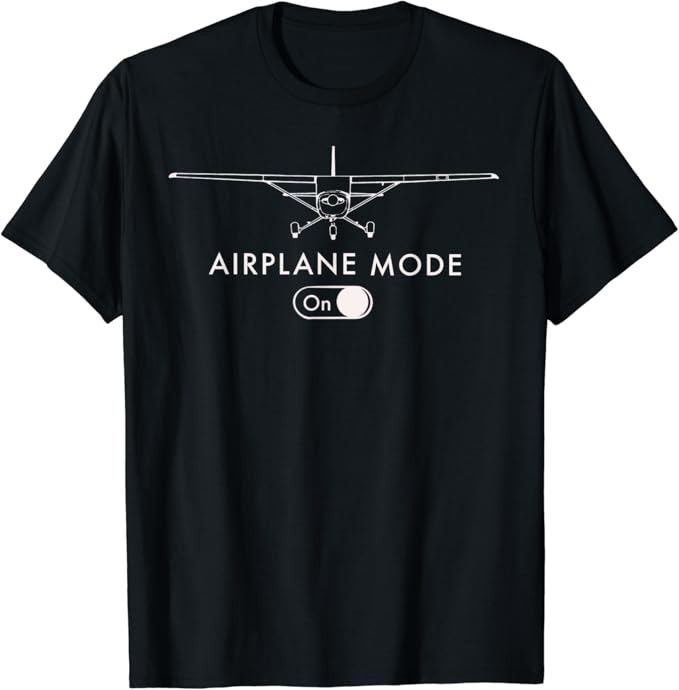
Best value

Tip #2: Understanding the safety features of a private jet
Private jets are equipped with advanced technology and safety features that prioritize the safety of passengers. The cabin is typically made of lightweight and fire-resistant materials.
And the seats are designed to protect passengers in case of any sudden movements or turbulence.
Private jets have advanced avionics systems and communication equipment, allowing pilots to navigate and communicate efficiently.
Additionally, private jets have excellent speed and altitude capabilities, allowing them to avoid potential weather hazards.
Furthermore, private jets are equipped with state-of-the-art navigation and communication systems that enable pilots to monitor air traffic and avoid potential collisions with other aircraft.
These systems also enable pilots to access real-time weather information and make necessary adjustments to their flight paths to avoid any potential weather hazards.
Private jets also have advanced engines and fuel management systems that allow for efficient and safe operation.
These engines are designed to minimize noise pollution and emissions, ensuring a comfortable and eco-friendly flight experience.
In addition to safety and technology features, private jets also offer a high degree of privacy and luxury.
The interiors of private jets are often customized to the specific preferences of the owner or charter client, offering comfortable seating, entertainment systems, and gourmet catering options.
Overall, private jets provide a level of safety, comfort, and convenience that is unmatched by commercial airlines.
With advanced technology, safety features, and luxurious amenities, private jets offer a truly unique and unforgettable flying experience.
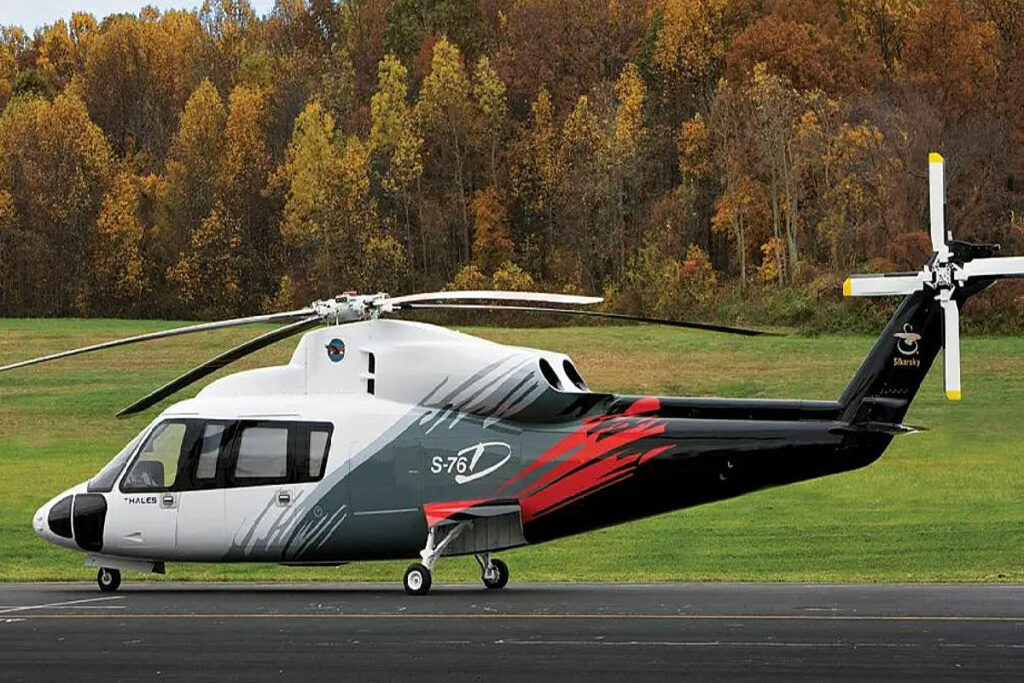
Tip #3: Analysis of accident rates
When it comes to safety, accident rates are an essential factor to consider.
While helicopters have a reputation for being more dangerous than private jets, the accident rates do not necessarily support this claim.
According to the National Transportation Safety Board (NTSB), the accident rate for helicopters and private jets is relatively similar.
Factors such as weather conditions, pilot error, and technical issues can contribute to accidents in both modes of transportation.
In fact, helicopters have several safety features that make them an excellent option for transportation, especially in emergency situations.
For example, helicopters have the ability to take off and land vertically, which allows them to land in areas where fixed-wing aircraft cannot.
Additionally, helicopters have advanced navigational systems and specialized equipment such as night-vision goggles, which make it easier for pilots to fly in low-visibility conditions.
However, it’s important to note that helicopter accidents can be more severe than those involving private jets due to their lower altitude and slower speeds.
But this is not necessarily an indication of greater risk. Helicopters are often used for missions that are inherently dangerous.
Such as search and rescue operations or medical evacuations, which can increase the likelihood of accidents.
Despite this, the aviation industry as a whole has made great strides in improving safety measures in recent years.
Including the implementation of stricter regulations and the development of advanced technology.
The bottom line is that both helicopters and private jets can be safe modes of transportation, as long as proper precautions are taken, and operators follow established safety procedures.
Also see: Do Private Jets Have Showers?
Top pick

Editor’s choice

Best value

Tip #4: Pilot training and qualifications
Pilot training and qualifications are essential in ensuring the safety of passengers. Helicopter pilots and private jet pilots undergo rigorous training and education to obtain their licenses.
The training for helicopter pilots typically involves more hours of flight time and covers a wider range of skills, such as hovering and autorotation.
Private jet pilots undergo extensive training in handling the advanced avionics and navigation systems unique to private jets.
While both modes of transportation require qualified and skilled pilots, the training requirements for helicopter pilots are generally more rigorous.
Helicopter pilots have to face more challenges due to the nature of their operations, such as flying in mountainous or densely populated areas, and executing rescue and emergency medical services.
Therefore, the training for helicopter pilots is usually more comprehensive than that for private jet pilots.
In addition to learning about aerodynamics, weather patterns, navigation, and communication procedures.
Helicopter pilots also need to be proficient in handling emergencies and critical situations, including engine failure, sudden loss of altitude, and high-altitude operations.
Moreover, helicopter pilots also need to be physically fit, as they often have to carry out rescue and emergency medical operations that require them to be in good physical shape.
They are also required to undergo regular medical checkups and have a clean bill of health to ensure that they can perform their duties safely.
Overall, while both helicopter pilots and private jet pilots undergo extensive training and education to obtain their licenses.
The nature of their operations and the demands of their respective aircraft make the training requirements for helicopter pilots generally more rigorous.
Regardless, the rigorous training and qualifications ensure that both modes of transportation remain safe for passengers and crew alike.
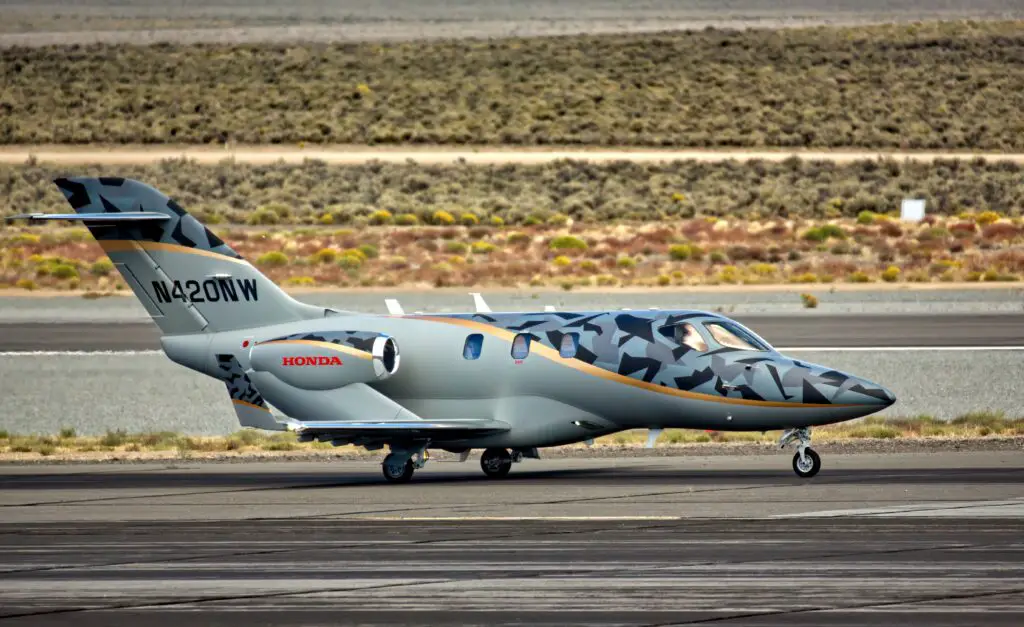
Tip #5: Maintenance and inspection
Maintenance and inspection are critical in ensuring the safety of any aircraft.
Helicopters and private jets are subject to regular inspections and maintenance checks to ensure they are operating safely and efficiently.
The inspection requirements for helicopters are more frequent and detailed than for private jets due to the complex mechanical systems involved.
Private jets have more electronic systems, which require specialized inspections and maintenance.
In addition to regular inspections and maintenance checks, helicopters also require routine checks on their rotor blades and transmissions, as well as specialized inspections for their hydraulic and electrical systems.
These checks help ensure that any potential issues are caught early, before they can cause serious damage or lead to a dangerous situation.
Helicopter operators must also follow strict maintenance schedules and keep detailed records of all inspections and repairs, as required by aviation regulations.
Private jets, on the other hand, typically have more electronic systems that require specialized inspections and maintenance.
These systems include avionics, flight control systems, and communication equipment.
Regular inspections and maintenance of these systems are critical to ensure safe operation of the aircraft, especially during takeoff and landing.
Private jet operators also need to follow manufacturer-recommended maintenance schedules and keep detailed records of all inspections and repairs.
Regardless of the type of aircraft, maintenance and inspections are critical to ensure the safety of the passengers and crew.
It is the responsibility of the aircraft owner and operator to ensure that their aircraft is properly maintained and inspected to meet all applicable regulations and standards.
With proper maintenance and inspections, aircraft can operate safely and efficiently for many years.
Also see: How Safe are Private Jets?
Top pick

Editor’s choice

Best value

Tip #6: Emergency procedures
In the event of an emergency, knowing the emergency procedures for a helicopter or private jet can make a significant difference in passenger safety.
Emergency procedures for helicopters and private jets include communication protocols, emergency landing procedures, and evacuation procedures.
It is essential to know these procedures before boarding to ensure you are prepared in case of an emergency.
Helicopters have more emergency landing options due to their ability to hover and land in confined spaces, while private jets require longer runways for landing.
In addition to knowing the emergency procedures, it is also important to listen carefully to the flight crew’s instructions during an emergency situation.
In the event of an emergency, the flight crew will provide clear instructions on what to do and how to do it.
They will also assist passengers in evacuating the aircraft if necessary. Communication protocols are crucial during an emergency situation.
Passengers must be aware of the emergency frequency and how to use the communication systems in case of an emergency.
They should also be aware of the emergency codes and signals that are used to alert the crew and passengers of an emergency.
During an emergency landing, helicopters are better equipped to handle rough terrain and confined spaces due to their ability to hover and land vertically.
Private jets, on the other hand, require longer runways for landing and takeoff, making them more vulnerable to certain types of emergencies, such as engine failure or bird strikes.
It is crucial to be prepared for emergencies when flying on a helicopter or private jet. Knowing the emergency procedures.
Listening to the flight crew’s instructions, and understanding the communication protocols can make a significant difference in passenger safety.
By being aware of these procedures and guidelines, passengers can feel more confident and secure while flying on a helicopter or private jet.
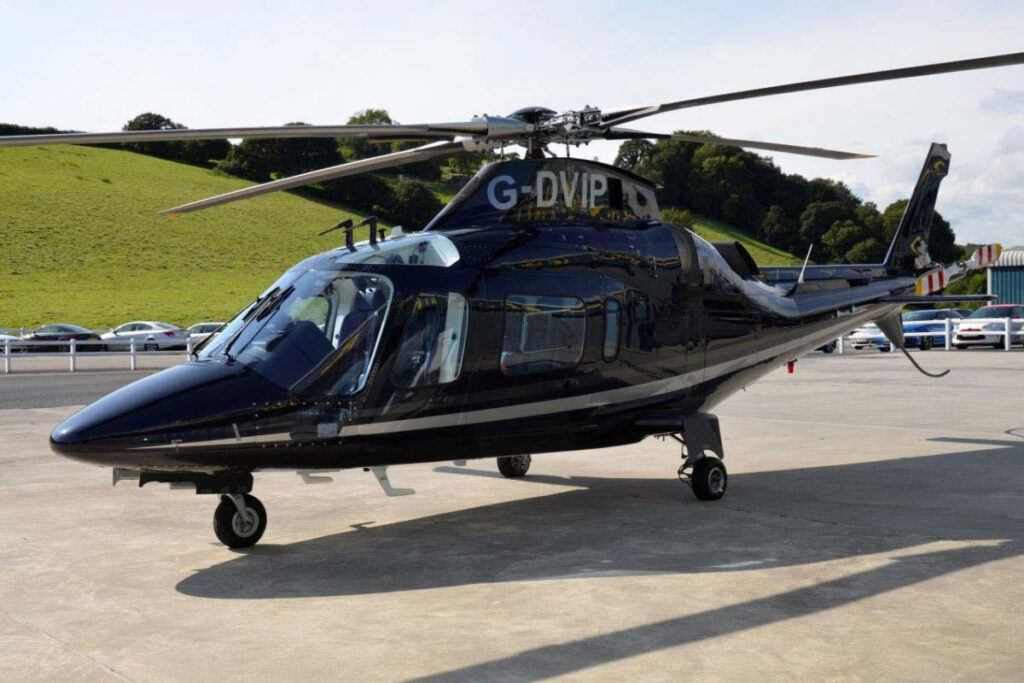
Tip #7: Weather conditions
Weather conditions can have a significant impact on the safety of any mode of transportation. Helicopters are more susceptible to weather conditions such as fog, snow.
And strong winds, as they are more affected by adverse weather conditions. Pilots need to be aware of these conditions and adjust their flight plans accordingly.
Private jets, on the other hand, can fly at higher altitudes and faster speeds, allowing them to avoid potential weather hazards such as turbulence.
In addition, private jets are equipped with advanced weather radar and other sophisticated technology that enable pilots to detect and avoid severe weather conditions.
This technology enables them to make informed decisions and adjust their flight plans accordingly, ensuring that they remain safe and avoid any potential hazards.
However, even with these advanced technologies, private jets still need to be cautious when flying through severe weather conditions such as thunderstorms, high winds, and heavy precipitation.
These weather conditions can cause significant turbulence and pose a risk to the safety of the aircraft and passengers.
Furthermore, pilots must also consider the potential impact of weather conditions on airport operations.
For example, heavy snow or ice on runways can make it difficult for aircraft to take off and land safely, while fog can reduce visibility, making it harder for pilots to navigate.
In summary, weather conditions can have a significant impact on the safety of all modes of transportation, including helicopters and private jets.
While private jets may be equipped with advanced technology to help mitigate these risks.
Pilots must always exercise caution and make informed decisions when navigating through severe weather conditions.
Also see: Which Aviation Headset is the Best?
Top pick
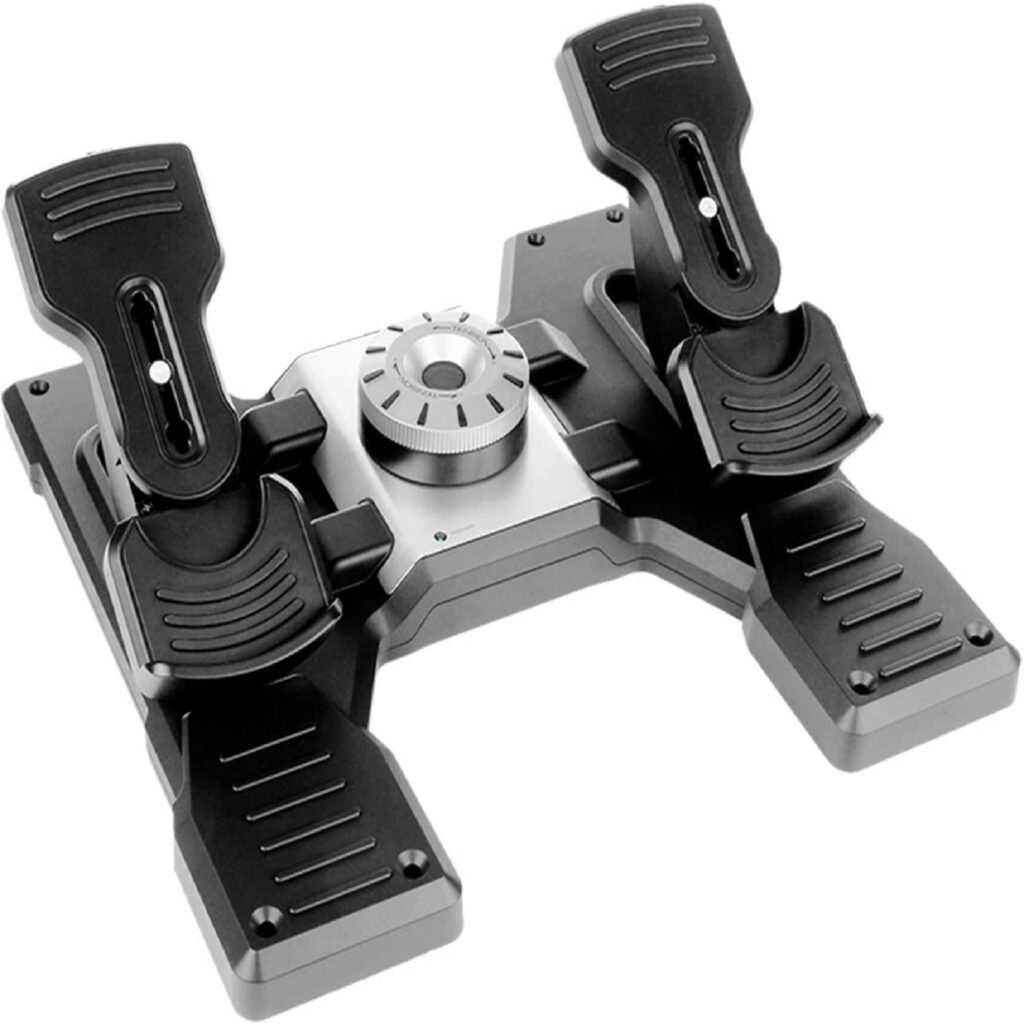
Editor’s choice
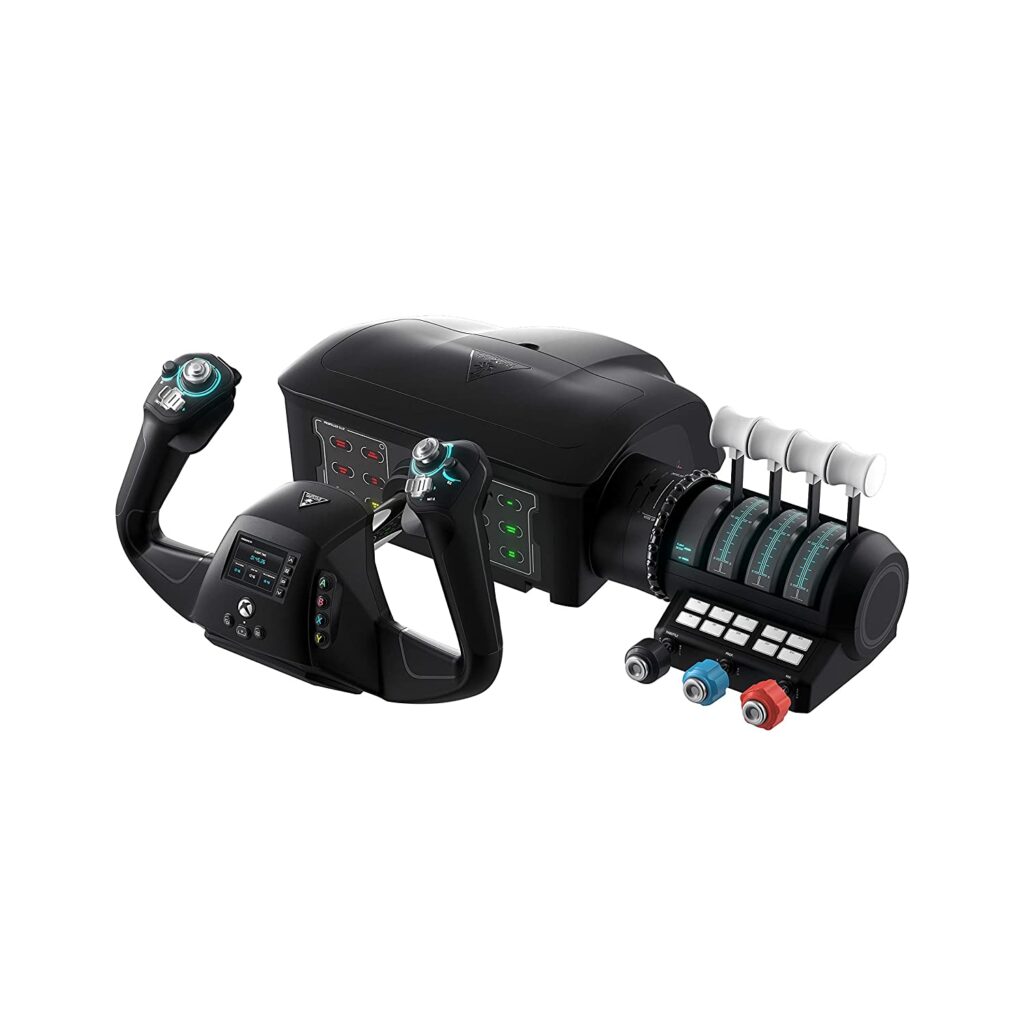
Best value
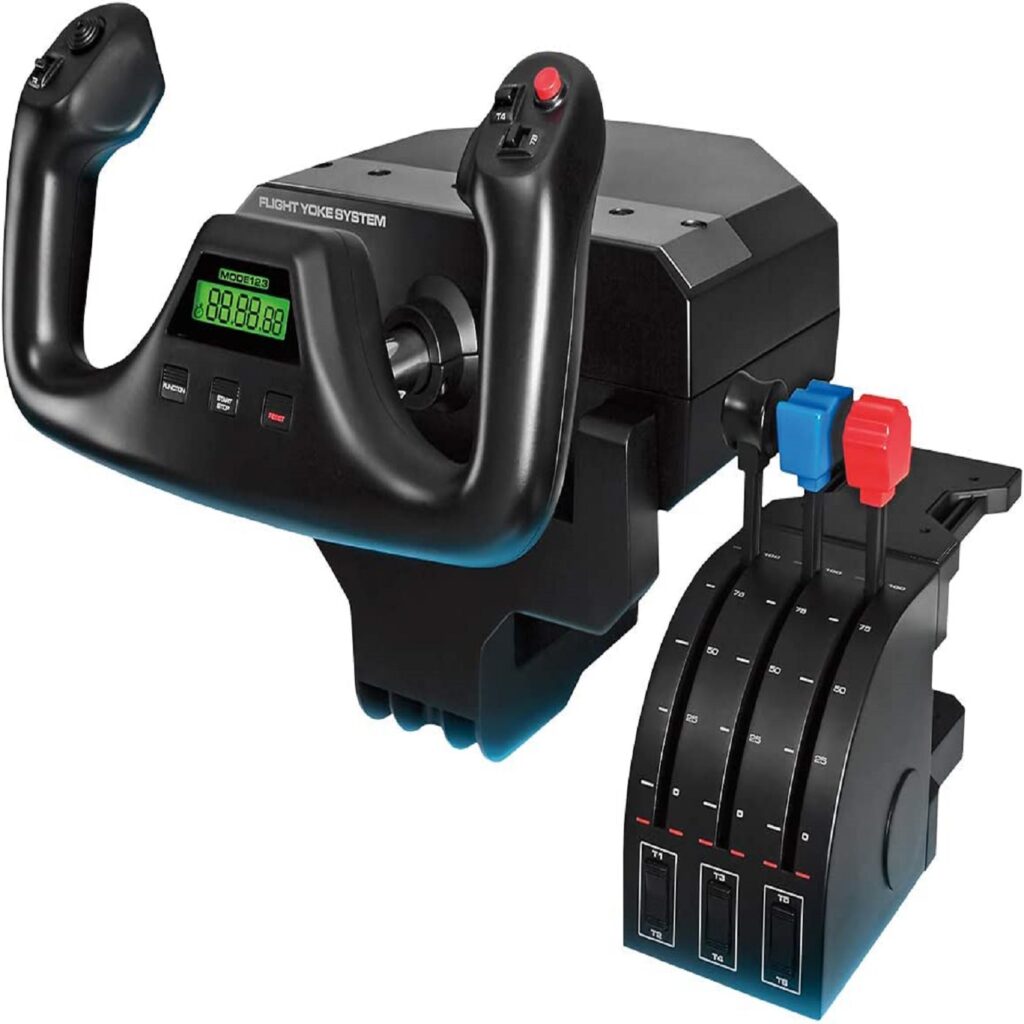
FAQ
1. Which mode of transportation has a lower accident rate, helicopters or private jets?
Helicopters have a higher accident rate than private jets.
2. What are the main factors that contribute to accidents in helicopters and private jets?
Human error, weather conditions, technical issues, and pilot experience are the main factors contributing to helicopter and private jet accidents.
3. How do pilots receive training for helicopter and private jet operations?
Pilots receive training for helicopter and private jet operations through specialized flight schools and programs.
4. Are there any specific safety features or regulations that apply to helicopters or private jets?
Yes, there are specific safety features and regulations that apply to helicopters and private jets.
5. What steps can I take to ensure my safety when flying in a helicopter or private jet?
Ensure the operator is FAA certified, research their safety record, and follow all safety protocols.
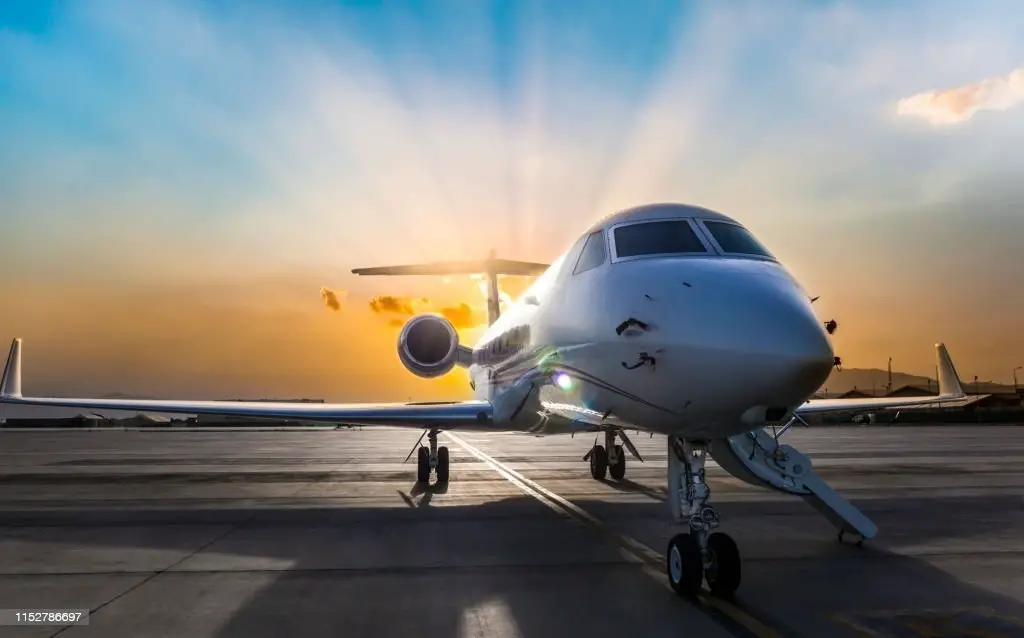
Conclusion
When it comes to choosing between a helicopter and a private jet, safety should be the top priority. While both modes of transportation offer luxury and convenience.
Understanding their safety features, accident rates, pilot training and qualifications, maintenance and inspection standards, emergency procedures, and weather conditions is crucial.
Based on our analysis, it is difficult to say which mode of transportation is safer as they both have their strengths and weaknesses.
However, it is essential to prioritize safety when choosing any mode of transportation. And this includes ensuring that you have knowledgeable and skilled pilots.
Updated maintenance and inspection records, and a thorough understanding of emergency procedures.
Also see: Safest Private Aircraft in the World
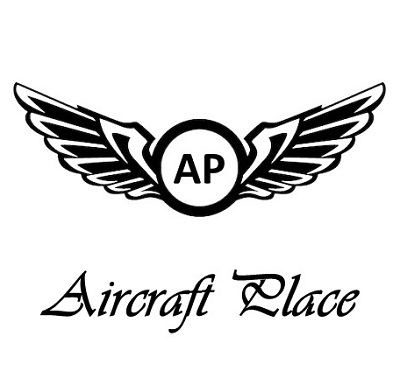
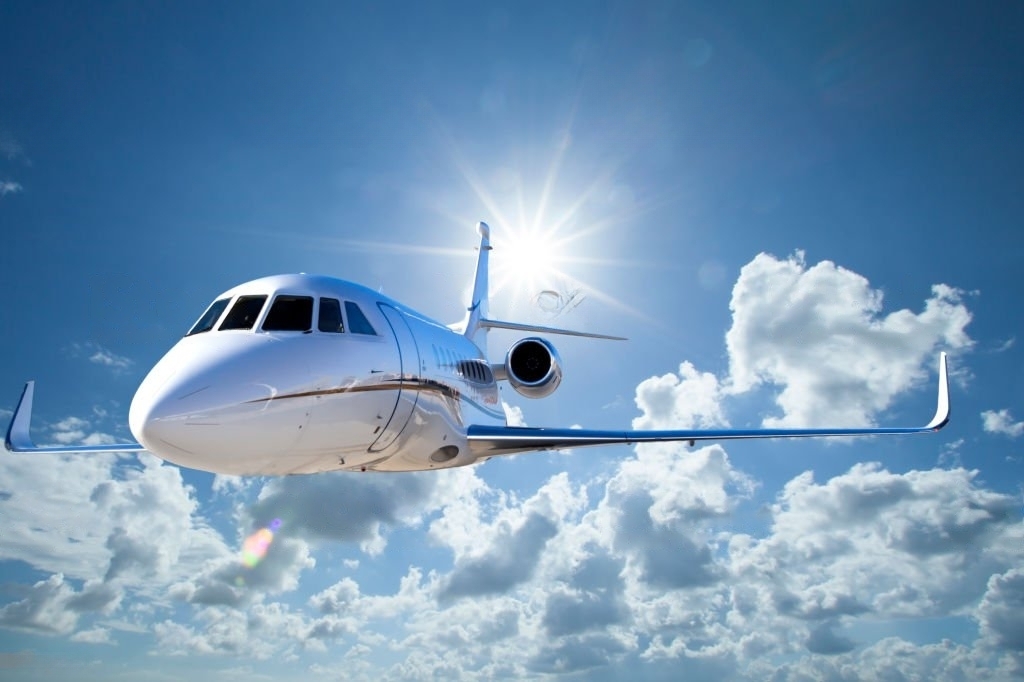



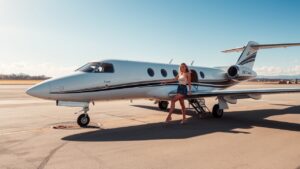





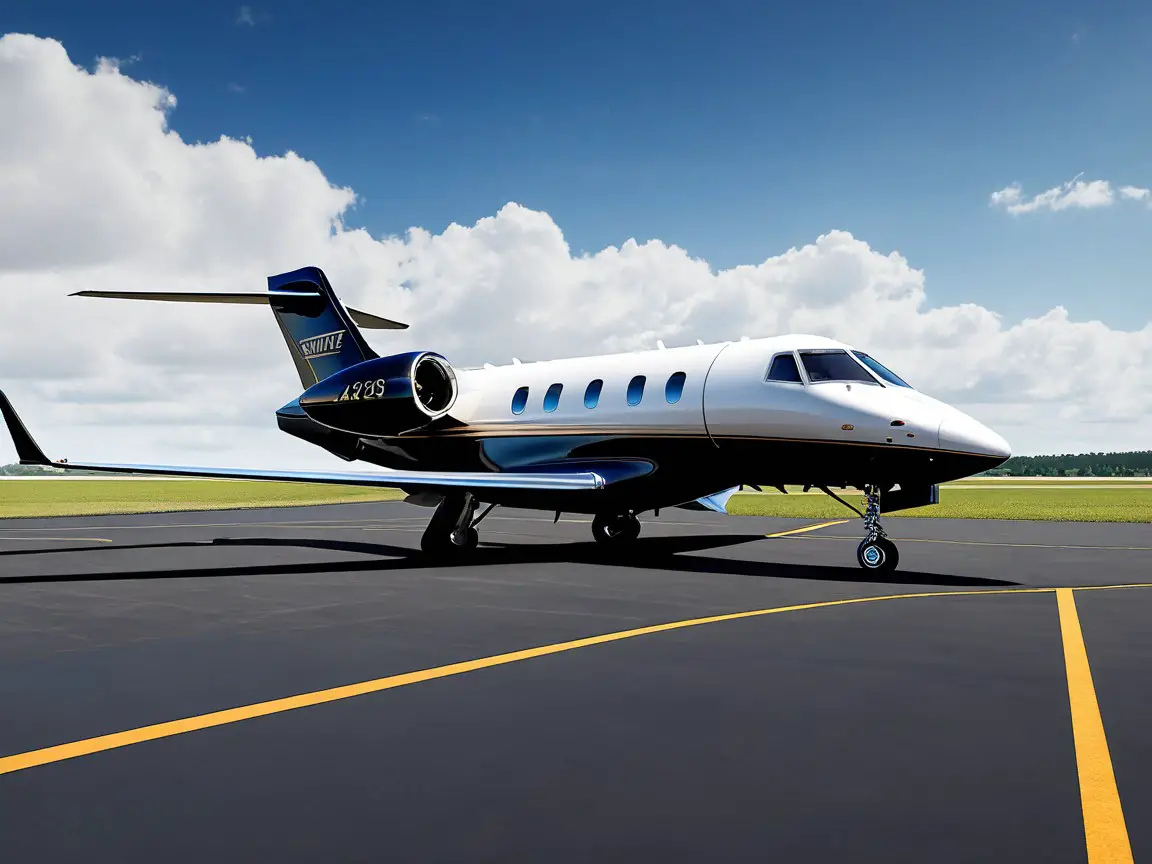
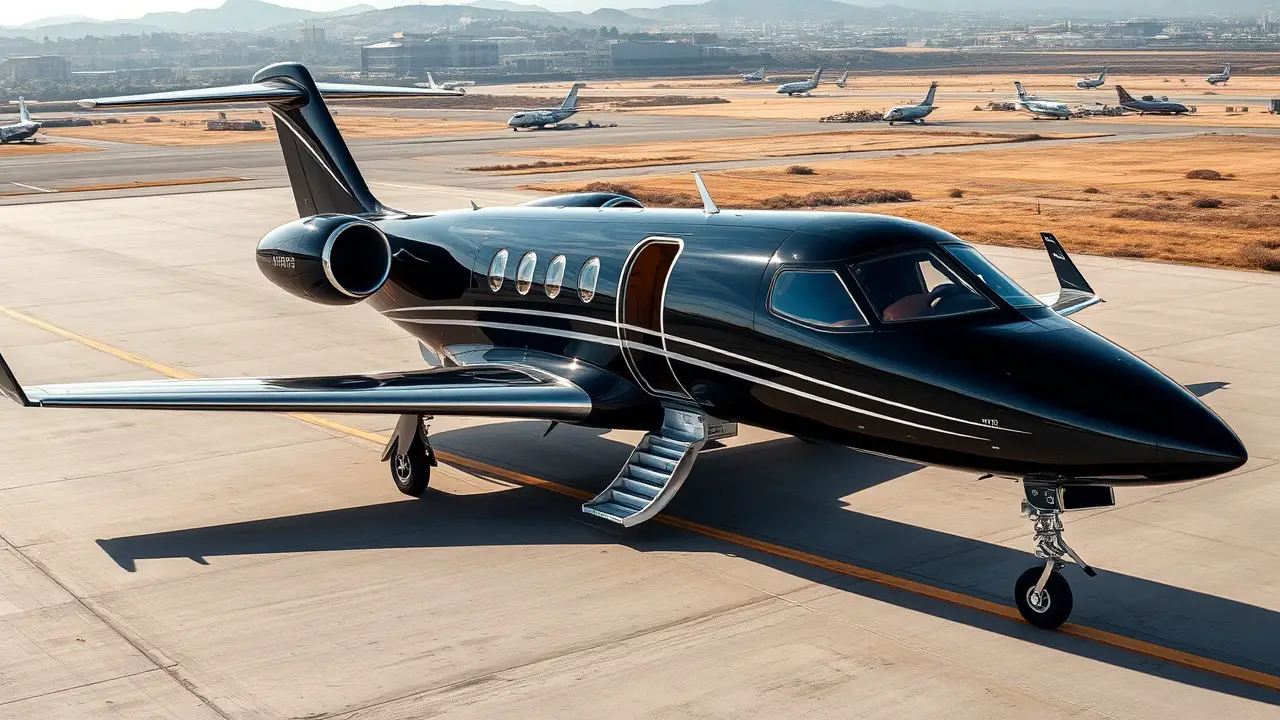
Leave a Reply